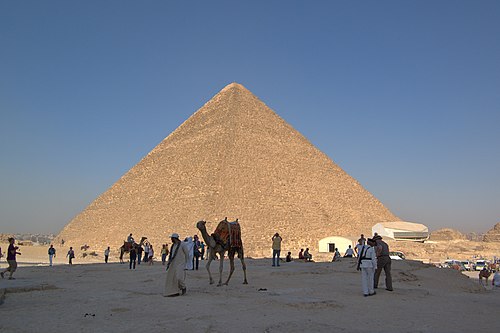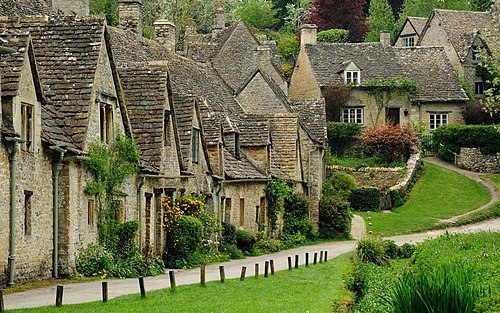Gypsumnoun
A mineral consisting of hydrated calcium sulphate. When calcined, it forms plaster of Paris.
Gypsumnoun
A mineral consisting of the hydrous sulphate of lime (calcium). When calcined, it forms plaster of Paris. Selenite is a transparent, crystalline variety; alabaster, a fine, white, massive variety.
Gypsumnoun
a common white or colorless mineral (hydrated calcium sulphate) used to make cements and plasters (especially plaster of Paris)
Gypsum
Gypsum is a soft sulfate mineral composed of calcium sulfate dihydrate, with the chemical formula CaSO4·2H2O. It is widely mined and is used as a fertilizer and as the main constituent in many forms of plaster, blackboard/sidewalk chalk, and drywall. A massive fine-grained white or lightly tinted variety of gypsum, called alabaster, has been used for sculpture by many cultures including Ancient Egypt, Mesopotamia, Ancient Rome, the Byzantine Empire, and the Nottingham alabasters of Medieval England.
Limestonenoun
An abundant rock of marine and fresh-water sediments; primarily composed of calcite (CaCO3); it occurs in a variety of forms, both crystalline and amorphous.
Limestoneadjective
Made of or with limestone.
Limestonenoun
A rock consisting chiefly of calcium carbonate or carbonate of lime. It sometimes contains also magnesium carbonate, and is then called magnesian or dolomitic limestone. Crystalline limestone is called marble.
Limestonenoun
a sedimentary rock consisting mainly of calcium that was deposited by the remains of marine animals
Limestone
Limestone is a common type of carbonate sedimentary rock. It is composed mostly of the minerals calcite and aragonite, which are different crystal forms of calcium carbonate (CaCO3).
















































